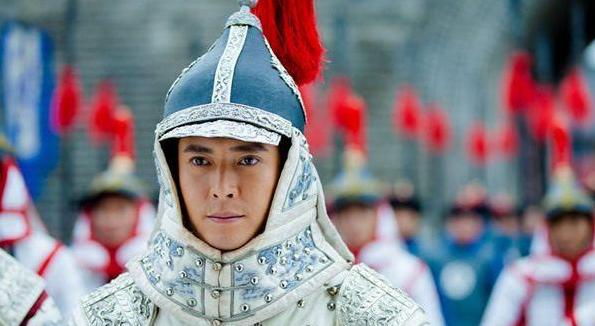History is the memory of things that have been said and done. —Carl Baker
When we watch TV dramas about the Qing Dynasty, we often see that some of the characters in it are so-and-so generals, so-and-so governors, and so-and-so du tong, these are the positions of military attaches of the Qing Dynasty, so what level of officers are equivalent to these positions now?

The official system of the Qing Dynasty was divided into nine grades and eighteen levels, and each grade was divided into positive and subordinate. The generals, admirals, and governors were all high-ranking military attachés.
There were three kinds of generals in the Qing Dynasty. The first is the title of Clan Lord, such as General of Zhenguo and General of Auxiliary State. These titles are specific to the clan and are not actual titles.
The second type is the temporary commander appointed when leading troops on a campaign, such as the general Fuyuan and the general Jingyuan. This kind of general position is of a temporary nature and has no rank, but do not underestimate this "temporary worker", and all those who are qualified to hold this kind of general position are high-powered princes and ministers, and the authority of this kind of general is equivalent to that of the current commander of the five major theaters.
The third is the garrison general. After the Qing Dynasty fixed the Central Plains, the Eight Banner Soldiers (all of whom were composed of flag men) were stationed in key places in various provinces, called "garrisons". The garrison general is the supreme commander of the local Eight Banners garrison. Fourteen garrison generals were stationed throughout the country, stationed in Shengjing, Jilin, Heilongjiang, Suiyuancheng, Jiangning, Fuzhou, Hangzhou, Jingzhou, Xi'an, Ningxia, Ili, Chengdu, Guangzhou, and Ulyasutai. The rank of garrison general is Congyipin, and his authority is equivalent to that of the current army group commander.
The Admiral (full name Istitut Military Commander-in-Chief) was the supreme commander of the Green Battalion (all of whom consisted of Han Chinese) in each province. Roughly, there is one admiral per province. The rank of the Admiral was the same as that of the garrison general, which was also from Yipin, and his authority was equivalent to that of the current commander of the provincial military district.
In addition, the Qing Dynasty also had a water division admiral (Fujian water division admiral, Guangdong water division admiral, Yangtze River water division admiral) and Jiumen admiral (also known as infantry commander), and the official ranks were from Yipin. The former is equivalent to the current commander of the East China Sea, the South China Sea and other fleets, and the latter is equivalent to the current commander of the Beijing Garrison District and the director of the Beijing Municipal Public Security Bureau.
In addition to the garrison general and the admiral, there was also a position in the Qing Dynasty military attaché system from Yipin, that is, the Eight Banners. The Eight Banners are the supreme commanders of each of the Eight Banners, and are in charge of the household registration, field houses, upbringing, battalion system, ordnance of each banner, as well as the selection of officials and knights, drills and training.
In the early days of the Establishment of the Qing Dynasty, the Eight Banners were in the hands of the emperor and the flag owners, who had great power. Later, in order to centralize the imperial power, the Emperor of the Qing Dynasty set up the position of Du Tong, and most of the power in the hands of the original banner owner was assigned to the du tong name, and all were appointed by the emperor, so the power of the eight banners was actually all concentrated in the hands of the emperor.
The garrison general and admiral are all functionally equal to the Eight Banners, but they are subordinate to the flags. For example, if the flag of a garrison general is the Manchurian Yellow Flag, then in the Manchurian Yellow Banner, his status is lower than that of the Manchurian Capital.
The ministers who could be appointed to the position of commander of the Eight Banners were of high rank, and were generally concurrently held by the princes of Manchuria or the imperial court, such as the chief military minister, the minister of the leading guard (正一品), and the yellow flag of Manchuria in his later years. Therefore, by the current standards, the minister who can be appointed to the capital can generally reach the level of the main state, or at least the deputy state level.
In addition, during the Qianlong period of the Qing Dynasty, urumqi dutong, Chahar dutong, and Rehe dutong were also established, and the official rank was also from Yipin, and its functions were similar to those of the garrison generals. Although it is the same as the eight flags in terms of grade, its actual status is much lower than that of the eight flags.